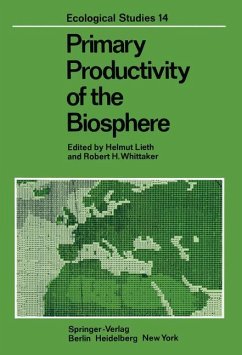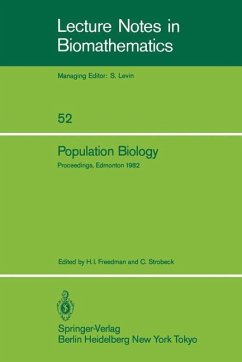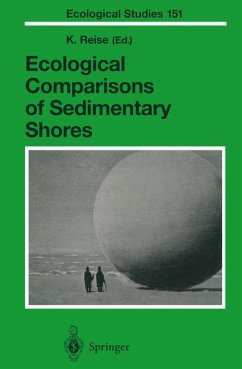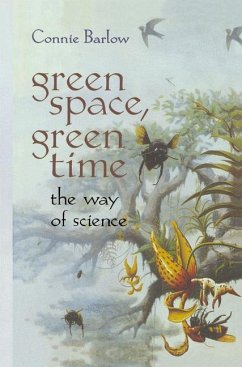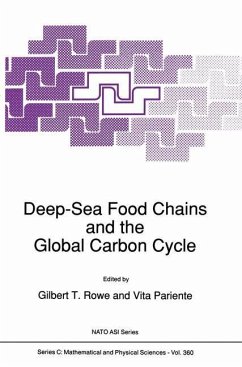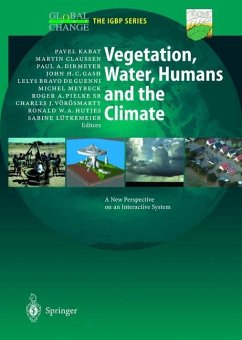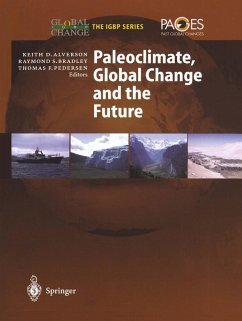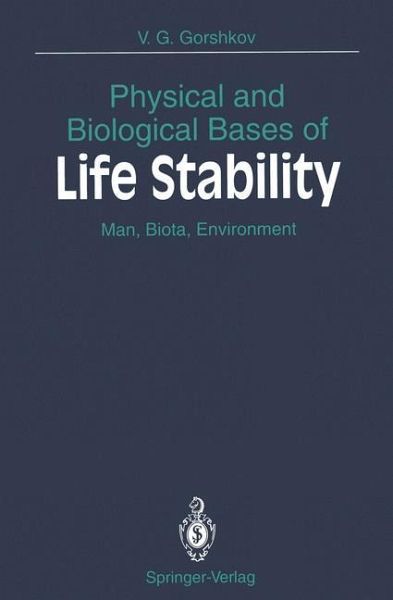
Physical and Biological Bases of Life Stability
Man, Biota, Environment

PAYBACK Punkte
19 °P sammeln!
It is well known that the biochemical processes of life on Earth are maintained by the external solar radiation and can be reduced to the synthesis and decomposition of organic matter. Man has added the synthesis and decomposition of various in dustrial products to these natural processes. On one hand, biological synthesis may only be conducted within the rather narrow margins of parameters of the environ ment, including temperature, humidity, concentrations of the inorganic substances used by life (such as carbon dioxide, oxygen, etc.) On the other hand, the physical and chemical composition ...
It is well known that the biochemical processes of life on Earth are maintained by the external solar radiation and can be reduced to the synthesis and decomposition of organic matter. Man has added the synthesis and decomposition of various in dustrial products to these natural processes. On one hand, biological synthesis may only be conducted within the rather narrow margins of parameters of the environ ment, including temperature, humidity, concentrations of the inorganic substances used by life (such as carbon dioxide, oxygen, etc.) On the other hand, the physical and chemical composition of the environment suffers significant changes during those processes of synthesis and decomposition. The maximum possible rate of such change due to the activity of living beings can exceed the average geophysical rates of change of the environment due to activity ofterrestrial depths and cosmic processes by a factor often thousand. In the absence of a rigid correlation between the biological synthesis and decomposition, the environment would be greatly disturbed within a decade and driven into a state unfit for life. A lifeless Earth, however would suffer similar changes only after about a hundred thousand years. Preservation of the existing state of the environment is only possible with strict equality between the rates of biological synthesis and decomposition, that is, when the biochemical cycles of matter are virtually closed.





